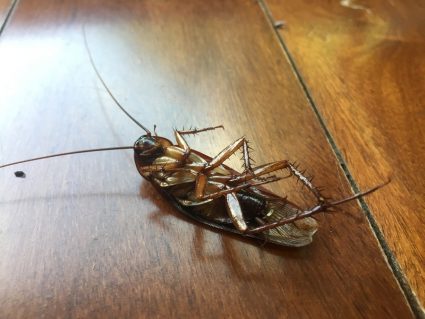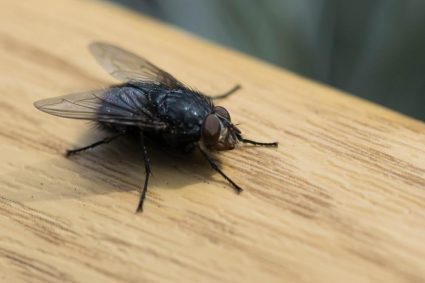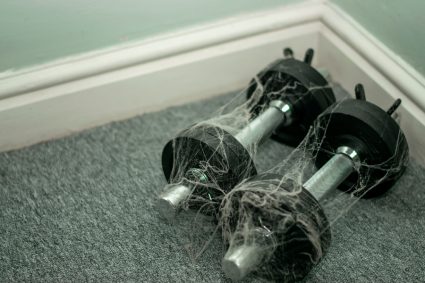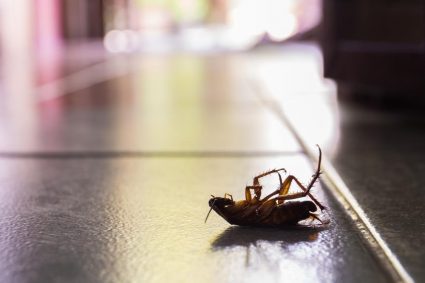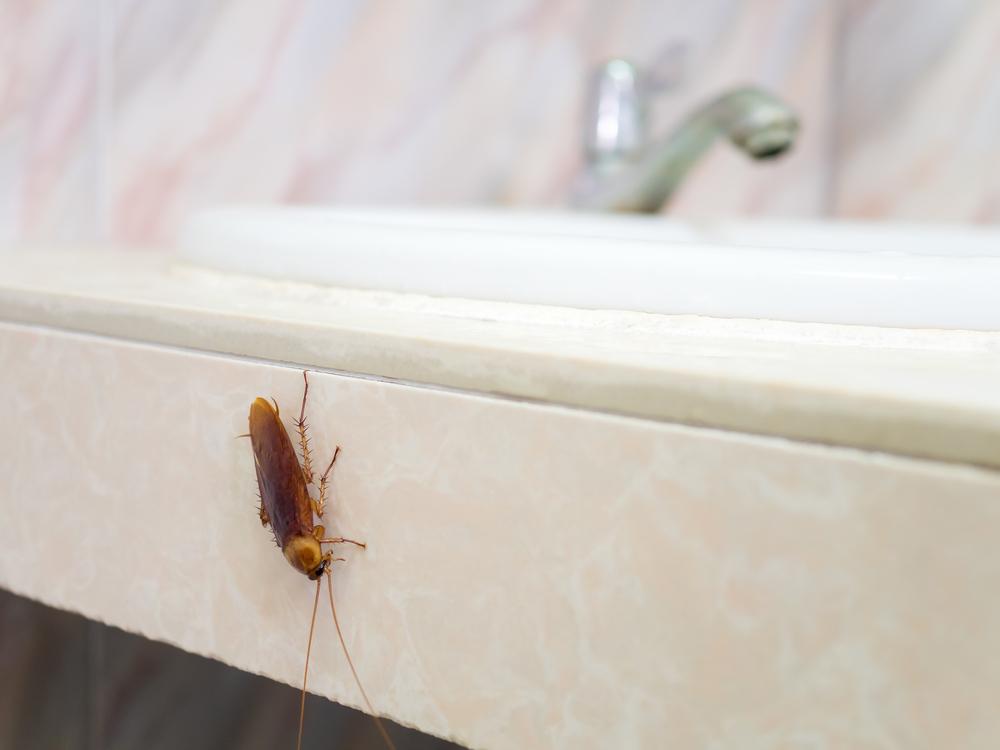
Termite tenting, also known as structural fumigation, is a widely used method to eliminate termite infestations in buildings. However, many homeowners often wonder if this method is effective in eliminating other pests, particularly roaches. In this in-depth article, we will explore the effectiveness of termite tenting in killing roaches, the process involved, potential risks, and alternative methods for roach extermination.
Yes, termite tenting, also known as structural fumigation, can effectively kill roaches along with termites. The pesticide gases used in the process can eliminate live roaches in the treated area. However, the fumigants may not kill roach eggs, potentially leading to a new generation of roaches. It’s important to consider this, along with potential risks and costs, when choosing termite tenting for roach extermination.
What is Termite Tenting?
Termite tenting is a pest control method that involves erecting a large tent around the structure and then flooding the space with pesticide gases for a certain period. These gases can penetrate almost every crevice in a building, effectively killing termites [^1^]. This process typically involves the following steps:
- A trained pest management professional places a tent (tarps) over the structure.
- A fumigant is released throughout the structure, circulating to reach cracks and crevices between and inside wood where termites can tunnel and thrive.
- Termites breathe in the fumigant, which depletes their oxygen, affects their nervous system, and ultimately causes their death.
Termite tenting is usually employed when termite infestations have reached critical levels or are located in difficult-to-reach places that cannot be effectively treated with regular measures and tactics. The process can take up to 48 hours, and residents can re-enter the building on the third day.
Does Termite Tenting Kill Roaches?
Yes, termite tenting can effectively kill roaches in addition to termites. The active ingredients in the fumigants will kill live cockroaches, but they may not kill any cockroach eggs that are present [^2^]. Fumigation is one of the best ways to get rid of a mass cockroach infestation quickly. However, it is important to consider the potential risks and downsides associated with this method of roach extermination.
Potential Risks and Downsides
Termite tenting, while effective, comes with potential risks and downsides:
- Cost: Termite tenting can be expensive, with costs ranging from $1,000 to $4,000 depending on the size of the structure and the extent of the infestation.
- Incomplete extermination: While tenting can kill live roaches, it may not kill their eggs. This means that a new generation of roaches could hatch after the tenting process, requiring additional treatments.
- Toxicity: The chemicals used in termite tenting can be harmful to humans and pets if not properly administered. It is essential to follow safety precautions and work with a certified professional to minimize risks.
- Disruption: Tenting requires evacuating people and pets from the property, removing plants, and sealing off entrances and exits. This process can be inconvenient and time-consuming.
- No residual effect: The chemicals used in tenting do not have a residual effect, meaning that re-infestation is possible if preventative measures are not taken.
Alternative Methods for Roach Extermination
There are several alternative methods for eliminating roaches that can be more cost-effective and less invasive than termite tenting. These methods include:
- Diatomaceous earth, baking soda, boric acid, citrus, essential oils, and borax.
- Glue traps to identify problem areas and resolve infestations.
- Integrated Pest Management (IPM), which has been shown to be more effective and less costly than traditional methods in the long run.
- Natural remedies such as baking soda and sugar mixtures, fabric softener, and soap and water sprays.
- Chemical sprays, which can cost between $5 and $15.
- Professional roach extermination, with an average cost of $113 to $411.
In conclusion, while termite tenting can effectively kill roaches, it comes with potential risks and downsides. It is essential to weigh these factors and consider alternative pest control methods if necessary. Always work with a certified professional to ensure the safe and effective use of termite tenting for roach extermination.
Frequently Asked Questions
How long do I need to stay away from my house during termite tenting?
Typically, you need to stay away from your house for at least 48 hours during termite tenting. You can usually re-enter the building on the third day.
Can I do termite tenting by myself?
No, termite tenting is a complex process that involves the use of toxic pesticides and should only be conducted by a certified pest management professional.
How long does it take for roaches to repopulate after the tenting process?
The rate at which roaches repopulate can vary, but it often takes a few weeks to a few months for a new generation of roaches to mature and become visible.
Are there any precautions I should take before and after the termite tenting process?
Yes, before the tenting process, you should remove all people and pets from the property, remove or protect food and plants, and seal off entrances and exits. After the tenting process, ventilate the property thoroughly before re-entry.
Can termite tenting harm my plants?
Yes, the chemicals used in termite tenting can harm plants. It is recommended to remove plants from the property or protect them adequately during the tenting process.


